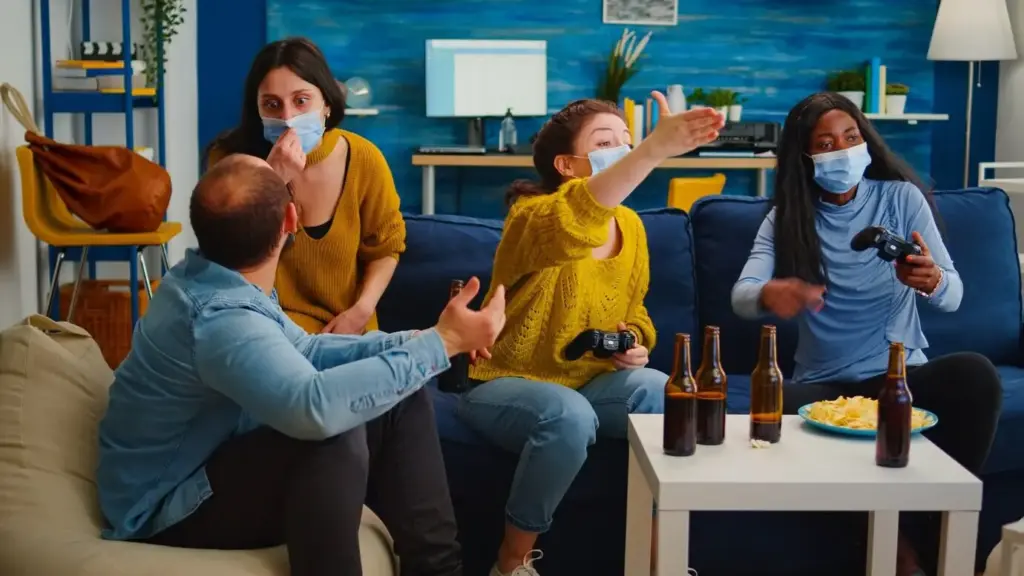Opening Doors Across Play: Inclusive, Accessible Gaming for Everyone
Understanding Barriers Across Tables and Screens






Design Choices That Welcome More Players








Safer Communities Through Intentional Culture
Inclusive Events, From Living Rooms to Arenas
Low-Cost Wins That Matter Immediately
Assistive Tech and Creative Hacks
Stories, Data, and Continuous Improvement

Personal Journeys That Reshape Tables
A local board gamer with low vision described quitting weekly nights until a store added brighter lamps, larger-print sheets, and a reserved quiet table. Friends followed, and tournaments grew. Stories like this persuade faster than policies alone. Invite participants to share experiences in consented ways, compensate their time, and honor emotional labor. These narratives guide priorities, challenge assumptions, and remind everyone that accessibility work is love in action, measured in returned smiles, deeper friendships, and the courage to try again after being excluded before.

Team Practices That Scale Inclusion
One esports club built a pre-match accessibility checklist, trained moderators, and motivated captains to schedule sensory breaks. Within months, retention rose and fewer conflicts escalated. Documenting lightweight rituals—like caption checks, remap prompts, and pronoun rounds—makes cultural habits portable across teams. When leaders standardize welcoming patterns, inclusion stops relying on one champion’s energy. It becomes a replicable craft, saving time while honoring nuance. Scaling does not erase humanity; it multiplies care through predictable, teachable practices that help busy groups do the right thing consistently.

Measuring Impact and Sharing Learnings
Collect both numbers and narratives: attendance by time slot, request fulfillment rates, remapping adoption, and satisfaction across demographics. Publish summaries that respect privacy and include planned improvements. Encourage public discussion threads and invite dissent kindly. When communities see evidence tied to action, skepticism fades and collaboration grows. Open documentation lowers barriers for the next organizer, developer, or club leader. Shared learning turns isolated victories into a rising tide, ensuring each iteration welcomes more people with less friction and more delight than the one before.